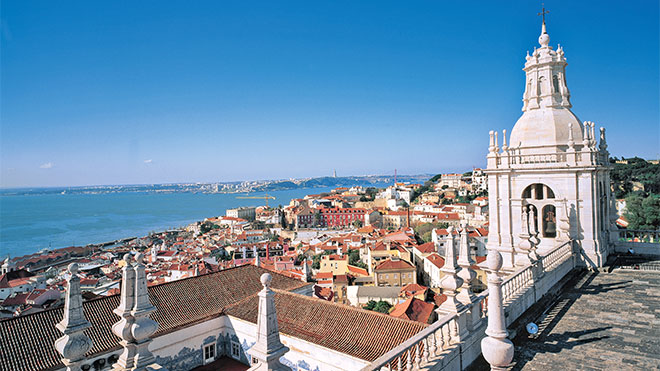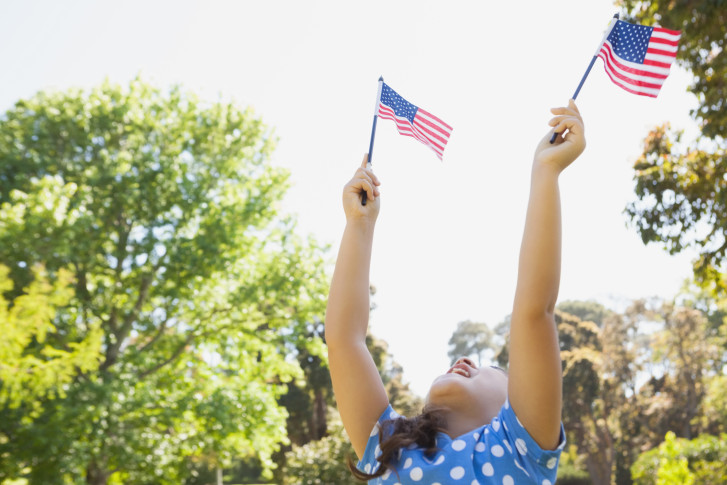Hope you caught my appearance on The Jam on May 27. If you missed it, click here or read on for more information.
Packing for a road trip, especially with kids in tow, is always an annual summer ordeal. But this year, things are made more complicated by the need to bring along extra cleaning supplies.
For many of us, you can never be too germ-phobic these days. Especially on a road trip, during which you may need to stop at places that may not have extensive cleaning protocols (like gas stations and roadside cafes), you need to take the burden of cleaning on yourself.
So, develop a special packing list this summer, designed especially to the COVID-19 situation. Of course, bring along the usual suspects, including hand sanitizer and disinfectant wipes. For pumping gas, pack plastic gloves, cover your hand with a plastic bag, or use your winter mittens!
Remember to bring along an ample supply of face masks, as you need to wash them after a single use.
Don't forget the microbes that are accumulating on your phone. Clean your phone regularly, and swap out screen protectors frequently.
A couple of other items that might not seem so obvious are a thermometer and a battery-operated UV light sanitizing wand. The science is still out on how well these work on viruses, but a light swipe as an add-on to other cleaning protocols likely can’t hurt.
| The jury is still out on sterilizing with UV light, but it can't hurt as an extra precaution. |
Pack a small cleaning kit for everyone in the car. Try to store kits away from the sun, in part to avoid extra-runny hand sanitizer. To dispense with the need for multiple stops, bring along your own food and beverage. Not only will you not have to stop for nibbles, but you won’t have to worry about germ-laden packaging. Additionally, you can also select food items that, even if dropped, won’t create a mess in the car (carrot sticks, pretzels versus sticky stuff).



















